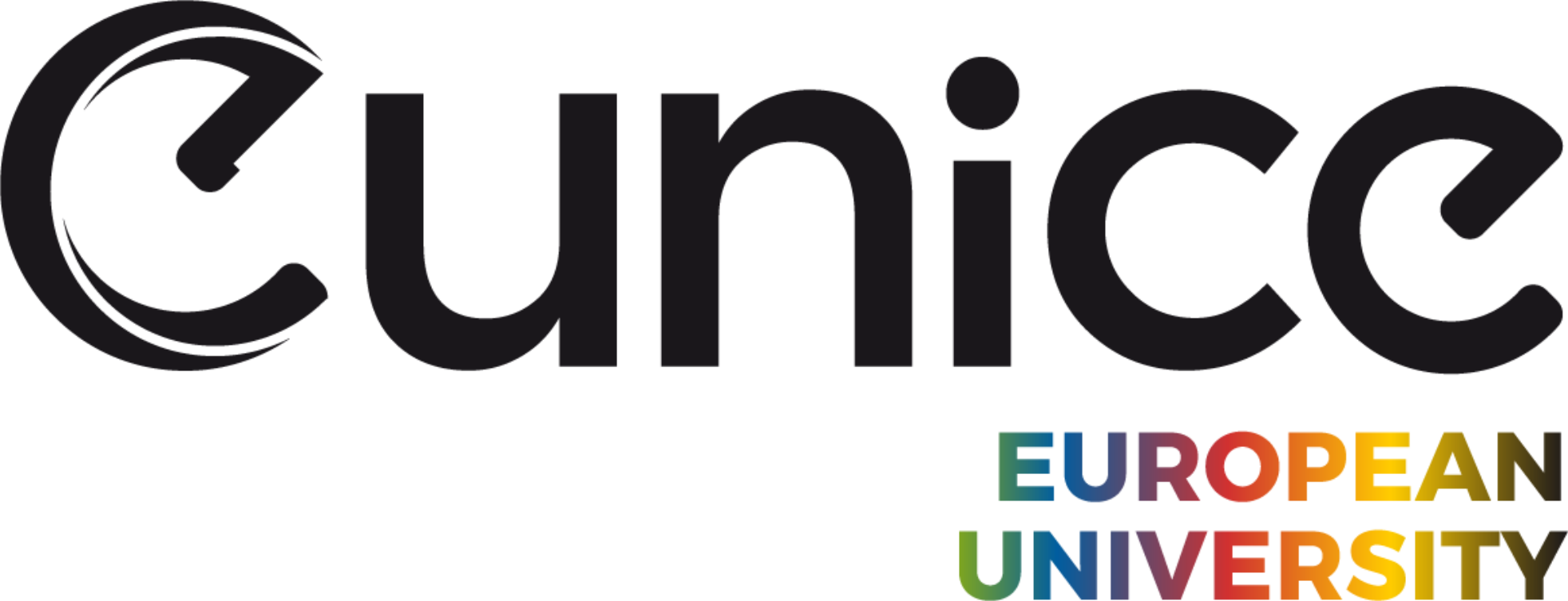Status, Highlights, and Achievements of the ESS Accelerator Project
A. Sunesson (European Spallation Source, Sweden)
In 2009 the decision to place the European Spallation Source in Sweden was taken. There are in the world today two spallation sources, SNS in Oak Ridge, USA; and J-Parc in Japan. ESS will constitute a source for neutron users in Europe. Spallation is the process that generates neutrons by bombarding a target of for example Tungsten or Mercury with an intense beam of accelerated particles. The nuclei get excited by the bombardment and when they relax to a lower energy state they evaporate neutrons. Spallation offers higher neutron flux than the neutrons produced in research reactors, where neutrons are a by-product of the fission processes in the reactor. A spallation source has an accelerator, a target station, and an instrument suite, where neutron guides funnel neutrons to the experimental stations. The ESS design contains the world’s most powerful linear proton accelerator, a rotating tungsten target wheel, and experimental buildings that house up to 22 instruments for various material science experiments. The ESS linear proton accelerator has 155 accelerating cavities and produces protons of an energy on 2 GeV and a beam current of 62.5 mA, with a repetition rate of 14Hz. The beam power is 5 MW when the accelerator is completed. Copper or copper-plated cavities provides the acceleration at the normal conducting beginning of the linac, up to 90 MeV, while the remaining 95% of the acceleration is driven by superconducting cavities drives of Niobium. Liquid Helium cools the cavities to 2 K. The cavities get power from high power RF sources placed in the gallery. The frequencies are 352.21 MHz and 704.42 MHz. The sources are klystrons, SSPAs, and tetrode tube-based RF stations. The klystrons and tetrode tube stations get their power from pulsed HV supplies. ESS has pioneered two novel developments on the accelerator side: The Stacked Multi Level HV modulators, and the Multi-Beam IOT. The accelerator uses the SML modulator for all klystrons. The concept allows cost-effective and compact modulators with very good performance and less impact (e.g. flicker) on the grid. The first serial unit tests in May at the supplier’s facilities in San Sebastian, Spain, were successful. The multi-beam IOT concept allows high RF power generation with higher efficiency, no extra overhead, and lower voltage than for traditional klystrons. The device is considerably smaller than a klystron with equal power output. Two prototypes were designed, built, and successfully tested. For the ESS project klystrons will however be used. From the gallery, waveguides transport the RF power to the cavity power couplers. To keep the beam acceleration optimized, very precise regulation of amplitude and phase of the RF feeding the cavities. In an in-kind contribution between the Polish Electronic Group (NCBJ, Zwierk; DDMCS, Lodz, WUT, Warsaw) and ESS, many unique subsystems for the LLRF system have been developed. A contribution between WUT and ESS provides the phase reference distribution that is a high-accuracy phase benchmark for the LLRF system and Beam Instrumentation systems. Other contributions include installation services for RF and HV (IFJ PAN, Krakow), warm linac RF (ESS Bilbao, Spain), High power RF distribution system for cold linac (STFC, UK), and Interlock systems (Atomki, Hungary). Building the facility tunnel, gallery, and target buildings started 2014, and now both tunnel and gallery are ready and ESS is busy installing equipment both in Tunnel and Gallery. Since late 2018 ESS commissions the Ion Source and LEBT portions of the linac, and beam through the RFQ and MEBT parts of the warm linac is expected early 2020. The installation schedule for the linac is to be ready to send beam on target end 2021, and to have beam on target mid 2022. The target date for first scientific experiments using neutrons is late 2023.
Download one page abstract












